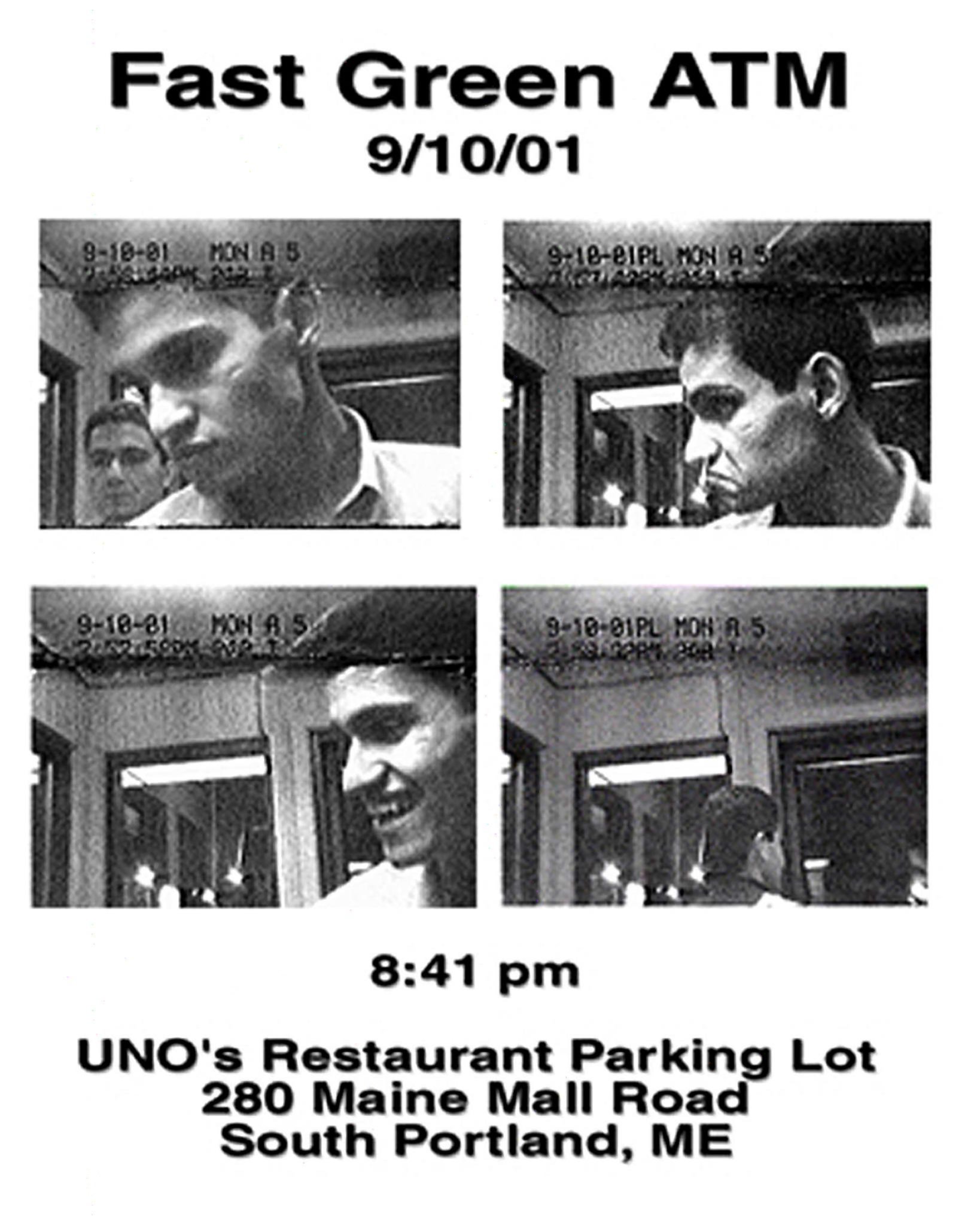
It's Easy to Get Knives and Razors Onto a Plane, the Hijackers Found
In this series, Newsweek maps the road to 9/11 as it happened 20 years ago, day by day.
The intelligence office of the Federal Aviation Administration (FAA) warned airlines in an August 16 circular ("Disguised Weapons," IN-2001-12) that terrorists might use weapons modified from everyday objects to hijack an airplane.
The circular had no real impact on airport security because the 9/11 hijackers seem to have used only knives and razors—which it was permissible to carry, at that time. The knives and razors were needed: as the testimony of flight attendants and passengers made clear in phone calls from the doomed planes, flight attendants and passengers who resisted in First Class were stabbed and cut when the plane crew were overwhelmed.
Khalid Sheikh Mohammed started experimenting with bringing knives and razor blades (commonly called box cutters) aboard flights in December 1999, first when Walid bin Attash (known as "Khallad") carried a razor knife on a flight from Pakistan to Malaysia on a casing flight. Khallad, one of KSM's closest friends, subsequently tested airline security measures on U.S. carrier flights to Malaysia, Bangkok and Hong Kong. In January 2000, while he was escorting Khalid al-Mihdhar and Nawaf al-Hazmi (the San Diego duo) to Malaysia, he again brought a knife onboard.
Khallad subsequently briefed KSM and Mohammed Atta about his experiences. And Atta, as he was returning to the United States from Zurich on July 8th (after meeting with Ramzi Bin al-Shibh in Spain), purchased two Victorinox Swiss Army knives at the Zurich airport, bringing them with him onto the plane and into the United States.
The FBI, through a meticulous review of financial records, was able to determine after 9/11 that terrorists aboard each flight purchased at least seven knives. On August 13, Marwan al-Shehhi (pilot of UA Flight 175 that hit the South Tower of the World Trade Center) purchased two short-bladed knives, a Cliphanger Viper and an Imperial Tradesman Dual Edge, at Sports Authority in Boynton Beach, Florida. Fayez Banihammad and Hamza al Ghamdi ("muscle" men aboard the same flight) then bought a Stanley two-piece snap knife set (a type of multi-tool), and a Leatherman Wave multi-tool at Wal-Mart in Boynton Beach.
On August 27, Nawaf al-Hazmi (a muscle man on AA Flight 77 that hit the Pentagon purchased a Leatherman Wave Multi-tool (short-bladed knife set) from Target in Laurel, Maryland. Financial records do not confirm weapons purchases by any of the hijackers on UA Flight 93 that crashed in Pennsylvania, but the FBI recovered 14 knives or portions of knives, including a box cutter, from the wreckage. None of the blades or knife housings recovered indicated a blade length longer than 3.5 inches.
Ramzi Bin al-Shibh—captured after 9/11—told interrogators that during their meeting in Spain, he and Mohammed Atta discussed how the hijackings would be executed. He said Atta, al-Shehhi, and Ziad Jarrah (pilot of the Pennsylvania plane) had encountered no problems carrying box cutters on cross-country domestic test flights.

Follow the Newsweek live tweet of September 11, 2001 (based upon the new book On That Day) starting at 4:45 a.m. EST @Roadto911.
Newsweek is reconstructing the road to 9/11 as it was constructed 20 years ago, day by day. Each day a new story will be published here. On September 11 we'll live tweet the events of the day, minute by minute, starting at 4:45 a.m. EST, @RoadTo911.



































